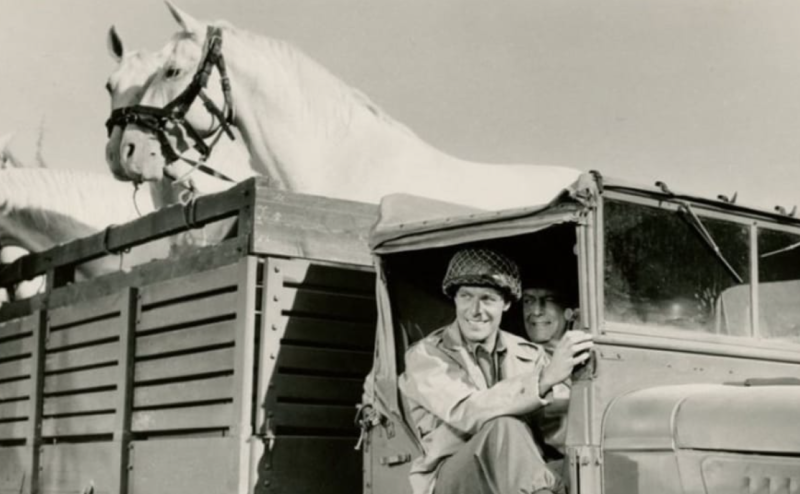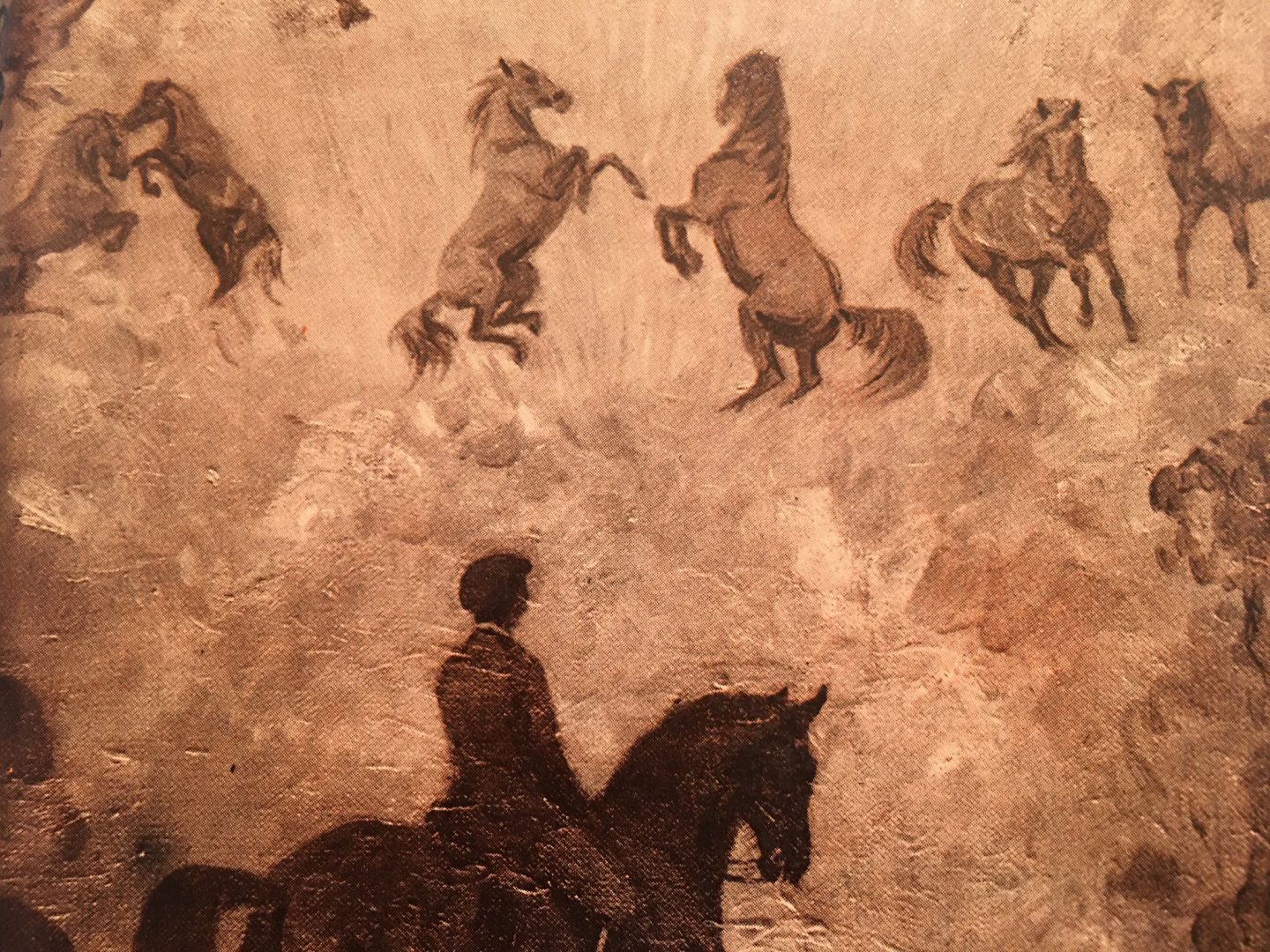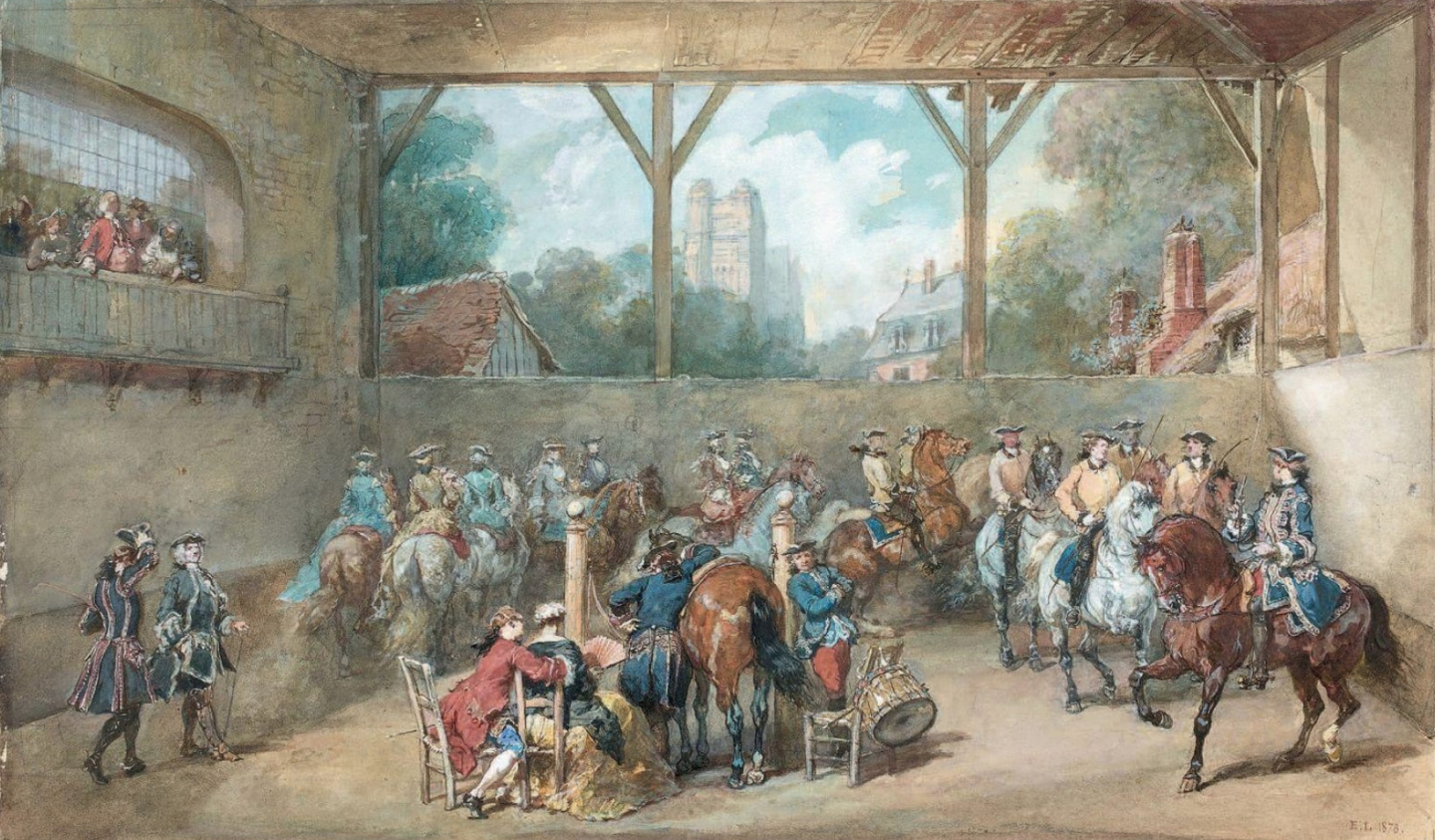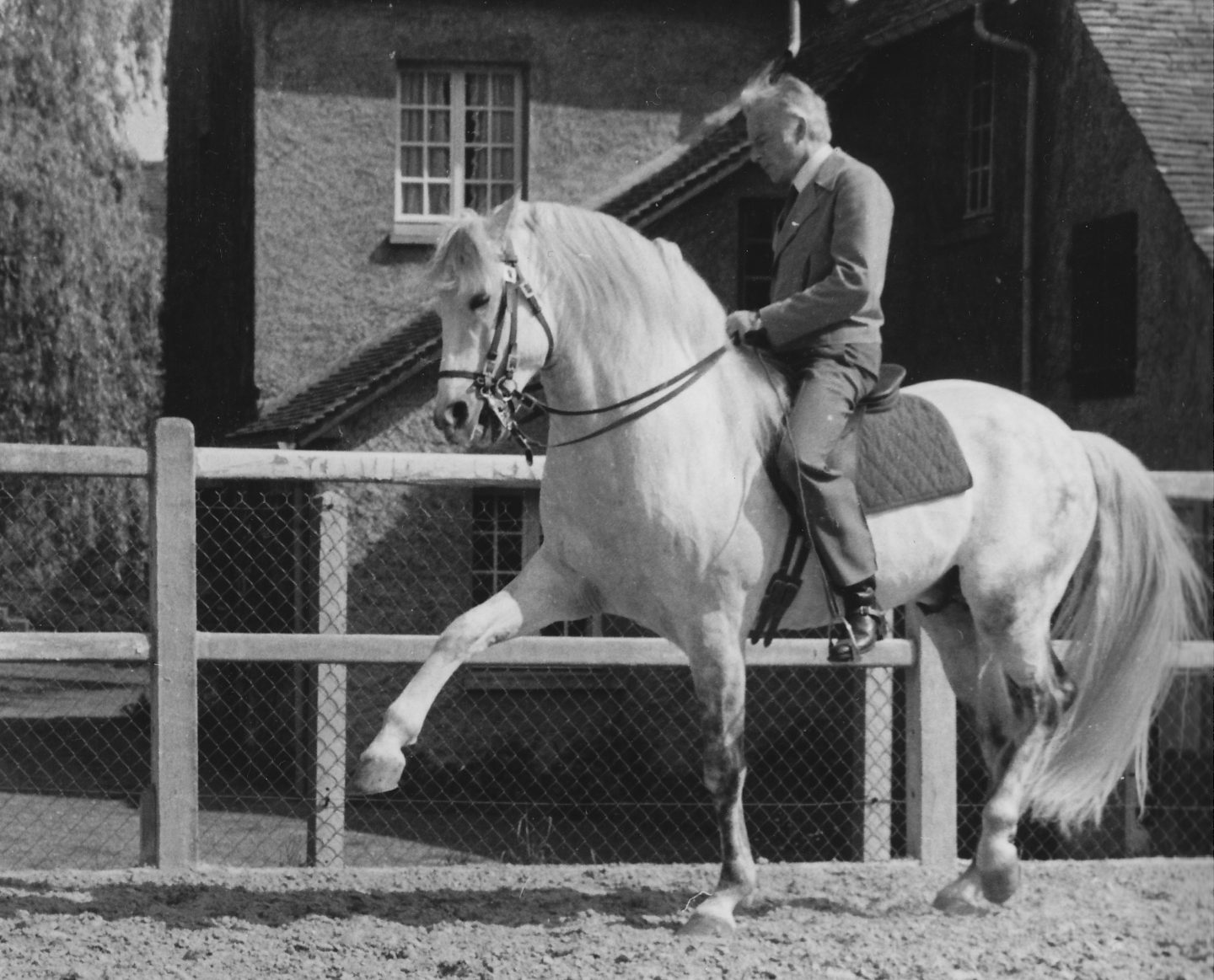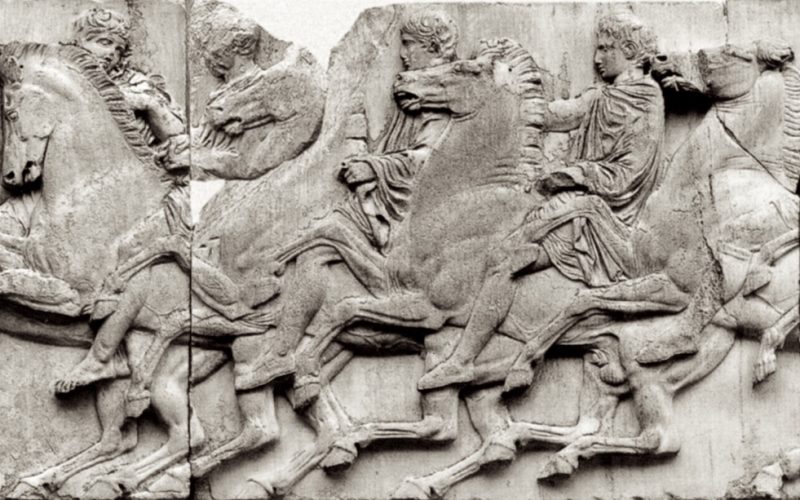
(Excerpt from Un Cheval de Phidias, by Victor Cherbuliez, Michel Lévy Frères, Libraires Editeurs, Paris, 1864. Translated by A. Forbes Sievering, 1905.)
“Look at this horseman wearing his Arcadian pilos, draped in his closely-folded mantle, the fringe overhanging his leg. See how their poses, their attitudes go together; how the head of the rider leaning forward and gently bowed over his breast responds to the undulating movement of the horse’s crest; and how all these lines compose that delicious melody of forms, which modern sculpture has not been able to reproduce. And then observe that this unison of lines and movements is only the emblem of the concert of souls and thoughts. In both man and horse the same ease, the same surrender–no effort–a vigour self-assured, and revelling in free play. Incontestably the rider commands, but it is hardly noticeable–he acts upon the horse by imperceptible aids, united to it, like the human bust to the quadruped in the Centaur: the education which the horseman has received is transmitted to the horse. Both have the same family likeness, the same grace, the same strength, the same gentleness, the same pride–exhaling the dignity of a free heart mastered only by reason. Riders and horsemen have all been educated between the soft Attic sky, amid the olives of the Academy and the laurels of Cephisius, within sight of sacred Hymettus, in the lifetime of Pericles, Aspasia, and Socrates. Riders and horses all received in heritage that beauty of the soul which Athenian education cultivated. Riders and horses have all learned that music which produces, in the language of Plato, the harmony of souls and the immutable order of the Universe.”
NOTE: Phidias is generally acknowledged to have been the greatest ancient Greek sculptor and instigator of the classical style of the 5th and 4th centuries B.C. He is thought to have directed and supervised the construction of the Parthenon including its sculptural decoration.
